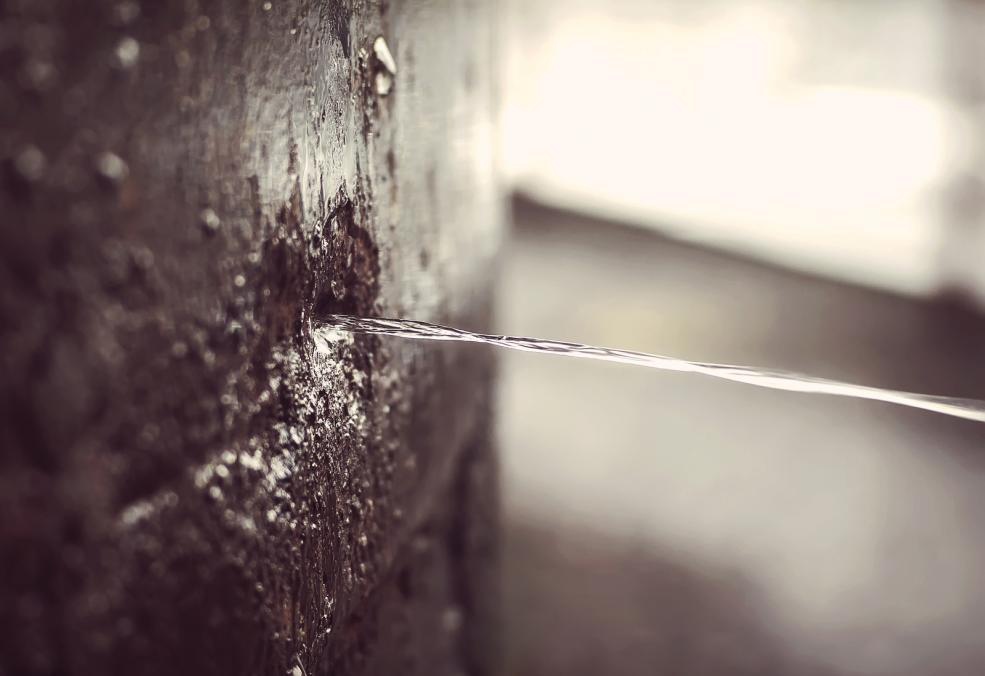The publisher is making a few good annotation relating to Detecting hidden plumbing leaks as a whole in the article just below.

Early detection of dripping water lines can reduce a potential disaster. Apart from conserving you cash, it will certainly reduce the irritation and aggravation. The minute you locate a leak, calling your plumber for repair services is the most effective option. Some little water leaks may not be noticeable. Here are some hacks that aid if you can not spot it with your naked eyes.
1. Take A Look At the Water Meter
Examining it is a guaranteed way that assists you find leaks. If it moves, that indicates a fast-moving leakage. This means you might have a slow-moving leak that could even be below ground.
2. Examine Water Consumption
If you detect unexpected modifications, despite your intake being the exact same, it means that you have leaks in your plumbing system. An abrupt spike in your expense indicates a fast-moving leakage.
A constant rise every month, even with the exact same routines, shows you have a sluggish leakage that's additionally slowly escalating. Call a plumber to completely check your home, specifically if you feel a warm area on your flooring with piping below.
3. Do a Food Coloring Examination
30% comes from commodes when it comes to water consumption. Examination to see if they are running effectively. Drop flecks of food color in the container and wait 10 mins. If the color in some way infiltrates your dish during that time without flushing, there's a leak between the container and bowl.
4. Asses Outside Lines
Do not fail to remember to examine your exterior water lines as well. Test spigots by affixing a yard tube. Must water seep out of the link, you have a loosened rubber gasket. Change this and also guarantee all links are limited. If you have actually got a sprinkler system, it will help get it expertly checked out as well as kept every year. One tiny leak can squander tons of water and surge your water bill.
5. Analyze the scenario and also examine
Property owners should make it a routine to check under the sink counters and even inside closets for any kind of bad odor or mold development. These two red flags suggest a leak so punctual attention is required. Doing routine assessments, even bi-annually, can save you from a major issue.
Examine for stainings and also weakening as most appliances and pipes have a life span. If you presume dripping water lines in your plumbing system, do not wait for it to escalate.
Early discovery of leaking water lines can mitigate a possible catastrophe. Some little water leaks might not be visible. Examining it is a guaranteed way that aids you uncover leaks. One small leakage can waste tons of water and also spike your water expense.
If you believe leaking water lines in your plumbing system, do not wait for it to intensify.
How to Know If Your Home Has a Hidden Leak
Water Meter Reveals Inexplicable Water Usage
If you’d like to test whether or not there’s a leak somewhere in your home, you can do this using your water meter. Here is how to conduct the test:
Don’t use any water in your home for at least 30 minutes; this also means not turning on faucets or water-using appliances.
Go outside, and check your water meter for activity.
If your water meter shows that there was activity, even though no one was using any water, this proves that there is a leak in your home.Visible Mold or Mildew Growth
Leaks behind walls create moist, dark environments that allow mold and mildew to grow and thrive. Eventually, you might see mold growth forming on the wall closest to a hidden leak.
If mold is growing in an area that receives a high amount of moisture, such as a bathroom, it may simply be an indication that better ventilation is needed. However, if you see mold growth on a wall or the ceiling in an area where you would not expect, you probably have a hidden leak.
Musty, Mildew Odor
Sometimes you might not be able to see the mold or mildew that is growing as a result of a leak. However, the smell can give the problem away just as easily. If you catch a whiff of something musty, there’s a good chance that old water is collecting somewhere in your home that you can’t see.
Stained/Warped Walls, Ceilings, or Floors
When your home soaks up water, a variety of red flags can become visible, including ceiling stains, bubbling drywall, warped walls, and sagging floors. While these issues can be caused by excess humidity, they can also be signs that a pipe or plumbing connection has started leaking behind your walls.
Inexplicably High Water Bill
After a while, you get a general sense for what your water bill should be. If you own a pool or sprinkler system, your bill will tend to be higher during summer. However, if you receive a water bill that seems especially high, and you can’t figure out what caused it, then you may have a hidden leak somewhere that’s increasing your bill.
https://www.plumbingjoint.com/blog/2019/july/how-to-know-if-your-home-has-a-hidden-leak/

As an avid person who reads on Hacks to detect leaks, I imagined sharing that excerpt was sensible. Are you aware of anybody else who is intrigued by the niche? Take a moment to promote it. Thanks a lot for your time invested reading it.